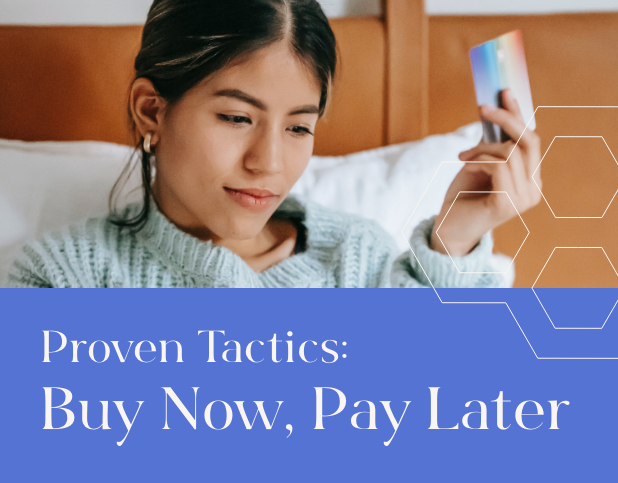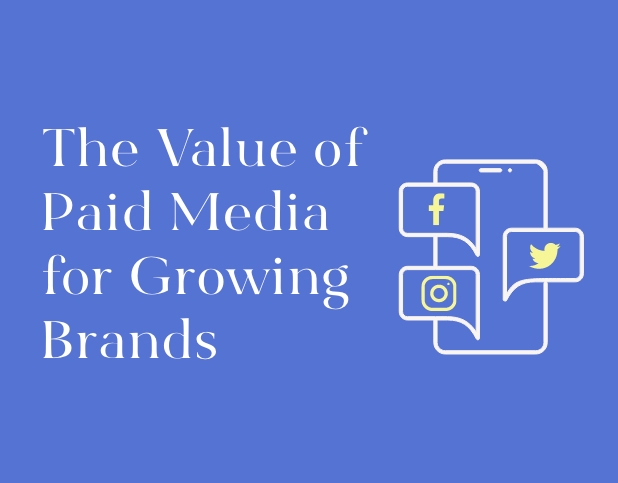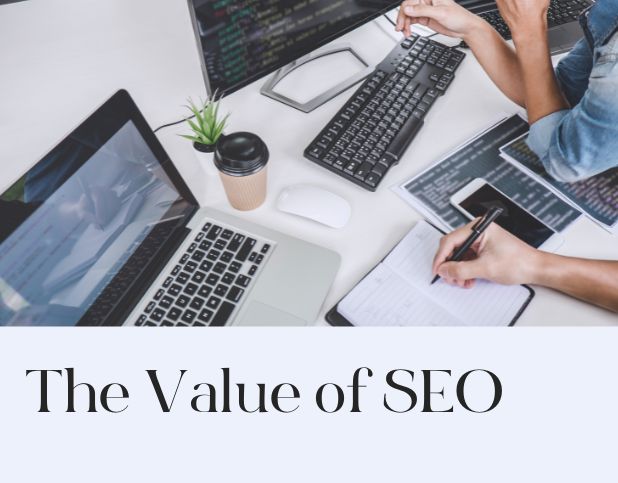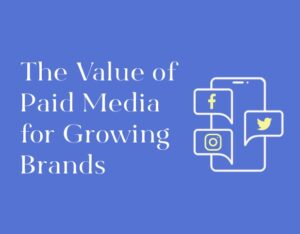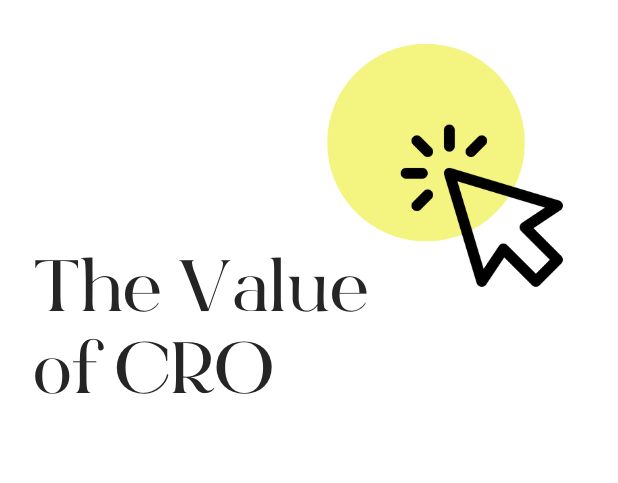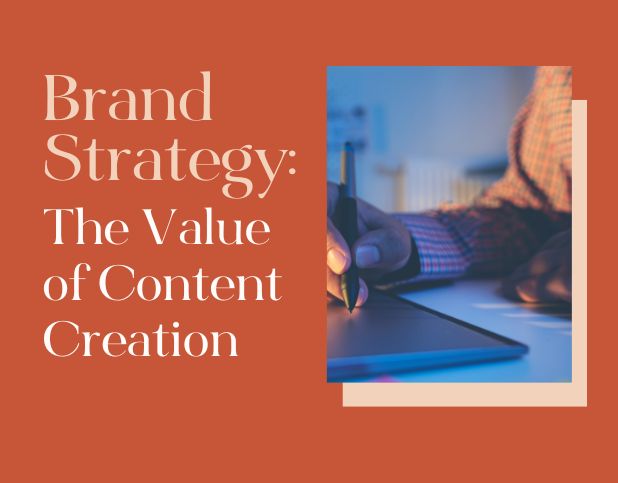In the “on-demand” era that we are currently in, it is no surprise that Buy Now Pay Later (BNPL) services are experiencing a season of growth. These BNPL services (such as AfterPay, Klarna, Affirm, etc) allow customers to buy items online and, instead of having to pay the full amount at the time of purchase, the customer pays 4-6 payments over a set period of time. It’s a 21st Century version of layaway, but instead of waiting until you make all the payments to receive your purchased items, you receive the product when you checkout and make your first partial payment.
Buy Now Pay Later (BNPL) services are not a new concept. For example, AfterPay was founded in 2014, but the accelerated growth in eCommerce caused by the coronavirus pandemic led to similar growth in usage of BNPL services. In July 2020, 56% of Americans reported using a BNPL service, up from 38% the year before. It is expected that in 2025 BNPL services will have $680 billion in transaction value.
What is Buy Now Pay Later?
In many ways, Buy Now Pay Later is not very different from a credit card. However, with BNPL, you do not have to apply for a line of credit and in most cases, all you need is a valid bank account to be approved. Also, interest is not typically accused over the timeframe of the payment plan. The only additional costs or fees that accrue for users are on late payments. Otherwise, the total of their purchase is equally divided among 4-6 payments typically paid over the course of 8-10 weeks.
Examples of some of the most common BNPL apps for eCommerce:
Should I implement Buy Now Pay Later on my e-Commerce site?
Buy Now Pay Later is easy to implement and e-Commerce stores often see an immediate impact on their average order value. Brands that see the most significant impact are those that sell electronics (where BNPL is most often used) or who are selling products that have a higher price point.
Businesses that implement BNPL do have to pay a fee per transaction to the app/service, and that is typically in the 6-8% range however the increase in Average Order Value (AOV) that BNPL brings in often covers that additional cost. In 2020 and 2021, adding a BNPL option to your website was an easy way for brands to increase sales. As brands navigate through the economic changes of 2022, BNPL will likely not have the same impact that it had the previous two years.
The Future of Buy Now Pay Later
A year ago we would’ve fully encouraged implementing BNPL on your eCommerce site. Now, we would hesitate to recommend that our clients and brands should be more cautious when considering this method. Throughout 2022, inflation has risen and fears of a recession are looming, so if your sales are highly dependent on BNPL for increased sales or to boost your average order value (AOV), you may already be seeing a decrease. Another growing issue to consider with BNPL is that it is leading to an increase in consumer debt, especially among Gen Z. In the past, BNPL has made slightly out-of-budget products obtainable. Now with prices rising for all consumer goods, buyers will likely second guess spending money on something they want but don’t need.
Ultimately, BNPL is one tactic that e-commerce brands can implement and benefit from. It will likely lead to an increase in average order value (AOV). However, it can not be the only tactic relied on for growth. With continued economic uncertainty it will be important for e-commerce brands to have a comprehensive strategy. BuzzShift always recommends implementing a full customer journey for our clients. This way you are always growing your brand awareness while continuing to drive sales. This is more important now than ever.
About BuzzShift
BuzzShift is a digital growth strategy agency with a focus on mid-market, scaling, purpose-driven DTC Brands. By combining the ideologies of branding, performance marketing, and retention agency, we are able to create memorable experiences with measurable results, and build long-term success for our clients with scalable, sustainable growth. Learn more about BuzzShift.

